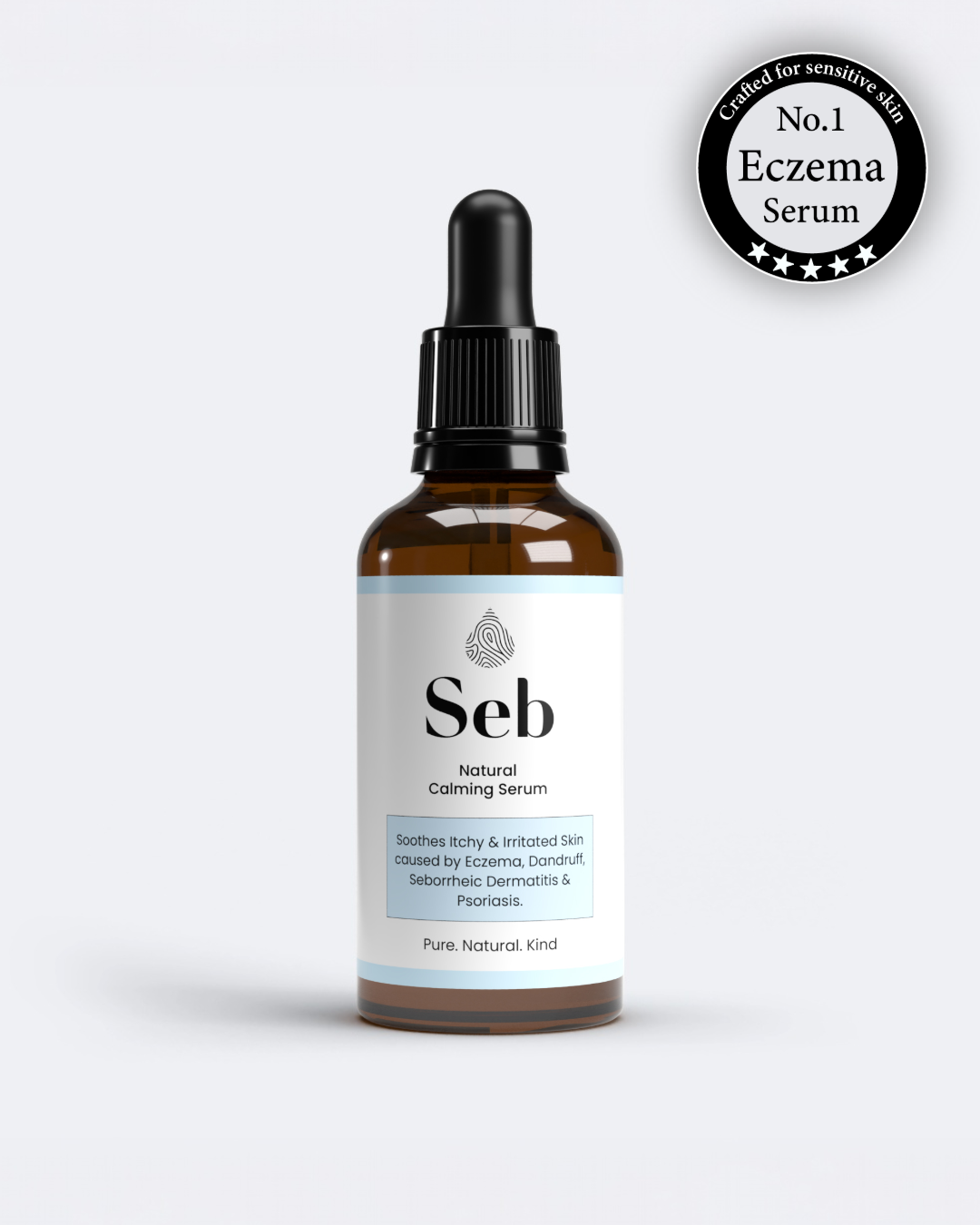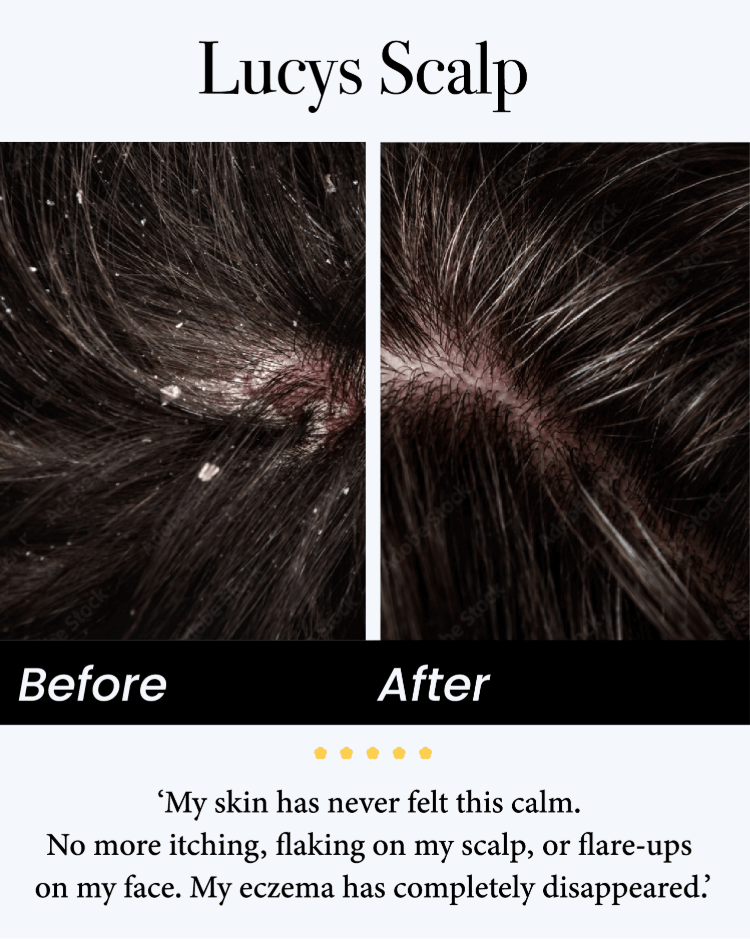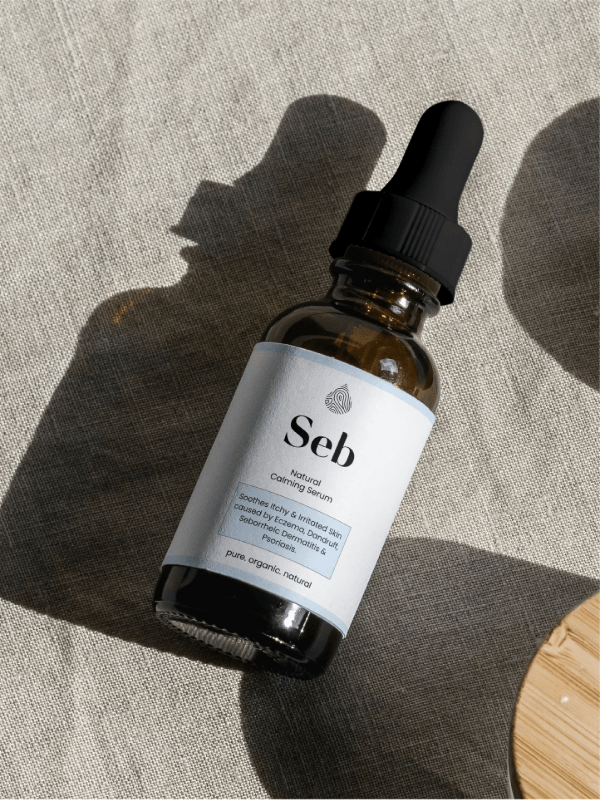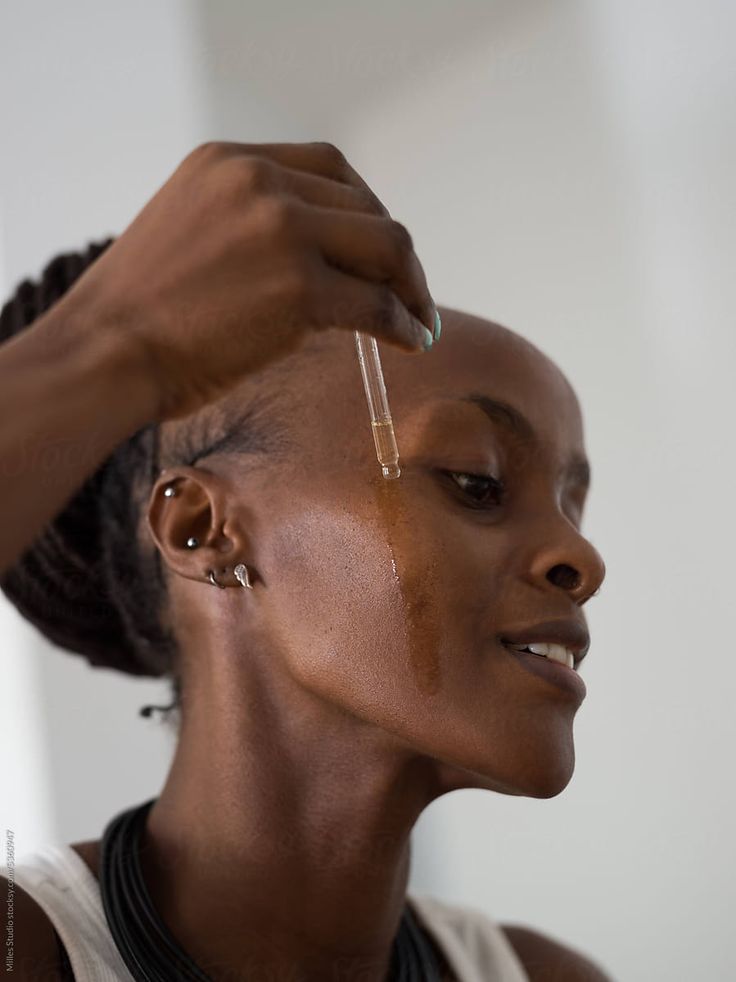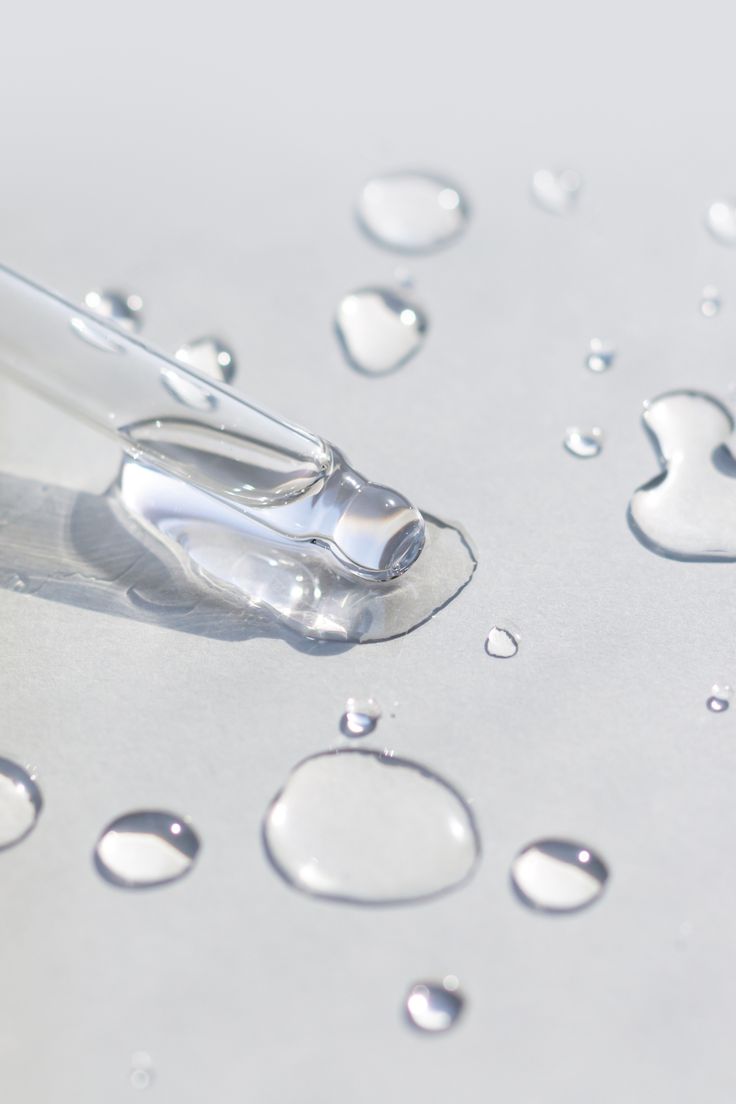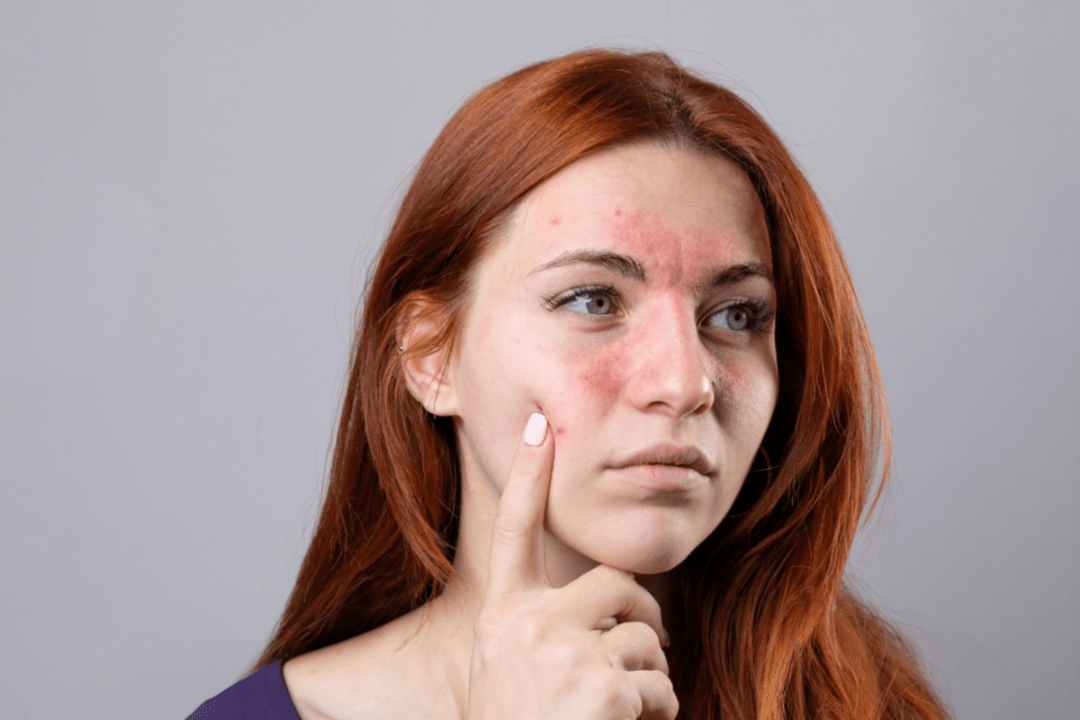
Why Is My Face Red & Blotchy?
When dealing with a red, itchy, or inflamed face, it’s important to rule out common culprits like sunburn or overheating. If neither of those is the cause, there are a variety of skin conditions that could be responsible. Understanding the potential triggers can help you identify the issue and get the right treatment.
Common Causes of Facial Redness and Inflammation
1. Rosacea: Rosacea typically appears as bright red, warm, and inflamed patches on the cheeks. It’s often described as a blotchy blush that doesn’t fade and can cause discomfort over time.
2. Psoriasis: Psoriasis can affect the face as well as the body, appearing as scaly, bumpy patches. These areas can be dry, itchy, and uncomfortable.
3. Eczema (Atopic Dermatitis): Eczema often affects the chin and cheeks, particularly in children, but adults can experience it too. It’s characterized by blotchy, red, itchy skin that may crack, weep, or appear raw.
4. Seborrheic Dermatitis: This condition manifests as a bumpy, reddened, and often oily-looking rash. It’s common on the face, especially in areas prone to oil buildup.
5. Allergic Reactions or Contact Dermatitis: Skin can react to allergens or irritants such as new hair dye, moisturizers, sun cream, soap, makeup, or other cosmetics. This type of dermatitis causes an itchy, inflamed rash where the irritant was applied.
6. Hives: Hives can result from medications, exercise, or certain foods and drinks. These raised, itchy welts can appear suddenly but often respond well to antihistamines.
7. Lupus: This autoimmune condition often presents as a bright red, butterfly-shaped rash across the cheeks and nose. It requires medical attention to manage.
8. Topical Steroid Withdrawal (TSW) or Red Skin Syndrome: This occurs after discontinuing prolonged use of steroid creams, resulting in a bright red, sensitive, and sometimes burnt-looking rash. It may even appear on areas where the steroids weren’t applied.
9. Shingles: Shingles can cause painful, red blisters on the face, often accompanied by flu-like symptoms and additional blistering elsewhere on the body.
10. Eczema Herpeticum: This serious condition causes painful blisters, particularly around the mouth. It requires urgent antiviral treatment and medical attention.
11. Hot Flushes: If your face becomes very hot suddenly and then calms down after 10–20 minutes, it could be a hot flush. Triggers include exertion, spicy foods, stress, central heating, caffeine, hot weather, and alcohol.
12. Acne: Acne often presents as swollen, spotty, bumpy, and oily skin. It’s a common cause of redness and inflammation on the face.
What to Do Next
Once you’ve identified the likely cause, it’s essential to get an official medical diagnosis to ensure you’re treating the condition appropriately. Treating facial skin requires extra care as it is particularly sensitive and delicate.
Caring for Inflamed Facial Skin
If you’re experiencing inflammation or irritation, avoid further aggravating your skin by steering clear of harsh products. Here are some tips:
Avoid Irritants: Steer clear of skincare and makeup containing perfumes, harsh preservatives, soap, or SLS (sodium lauryl sulfate). Use Soap-Free Cleansers: Opt for gentle, natural cleansers that don’t strip your skin of its natural oils. Nourish Your Skin: Look for skincare products rich in natural ingredients and nutrients to support your skin’s ability to regenerate and repair itself.
At Seb, we believe in caring for sensitive skin with gentle, natural formulations. Whether you’re managing eczema, seborrheic dermatitis, or another condition, our products are designed to soothe irritation and support your skin’s recovery without the use of harsh chemicals. Remember, understanding your skin is the first step to healing it. Treat it with the care it deserves, and always consult a medical professional for persistent or worsening conditions.


